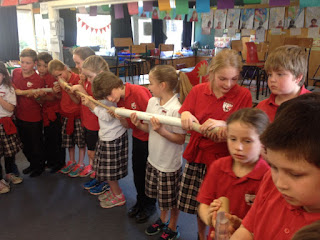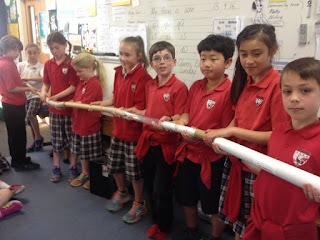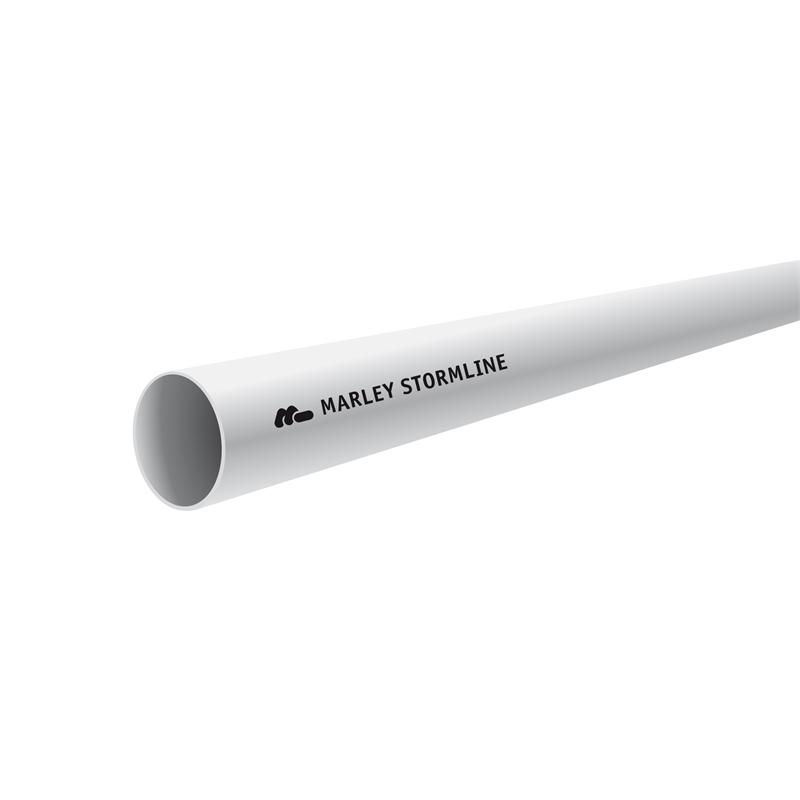Osterman & Kottkamp (1993) highlight that reflective practice is a means by which practitioners can develop a greater level of self-awareness about the nature and impact of their performance. Which then creates, an awareness towards opportunities for professional growth and development.
My Mind Lab journey has been exactly the challenge I wanted. I have been able to work collaboratively with a colleague from my school to complete assignments which has been very rewarding. We have worked successfully together looking for ways to integrate technology with a more authentic context into our school. The Mind Lab has given us an opportunity to talk to like minded others about how to create better learning activities for our students.
I really enjoyed the first 16 weeks. Our DCL1 assignment didn’t go to plan but it set us up for having a focused growth mindset. We didn’t let our first grade bring us done and it actually gave us more reason to work harder. When the second part of the course started I found the online learning a challenge. I joined a Mind Lab Google+ sub group and started visiting the Google+ community more to see what others were doing from the Mind Lab March intake.
Using Blogger throughout the whole year and sharing with Google + has been really reflective. I found it hard having my class blog and a Mind Lab blog but i enjoyed interacting with others at a professional level rather than as an adult with an audience of mostly 9 and 10 year olds.
Two changes in my own research informed practice in relation to the Practising Teacher Criteria (PTC) in e-learning are;
Criteria 1: Establish and maintain effective professional relationships focused on the learning and well-being of all ākonga. Through the Mind lab course I have made many significant shifts in my own practice. Experimenting with new ideas and tools has ignited my passion for using technology more effectively within my classroom. The biggest shifts in my practice include; understanding the theories of leadership, design thinking, mindfulness, digital and collaborative approaches and using digital technologies in ways to develop 21st century skills. 
Criteria 4: Demonstrate commitment to ongoing professional learning and development of professional personal practice.
The Mindlab experience has contributed to my ongoing professional learning and development of professional personal practice. One of the major changes in my research informed practice has been researching using peer reviewed journals. The literature review was a real ‘eye opener’ as in past appraisal projects I would find readings with the keywords to match the appraisal component. I wouldn’t necessarily think about it’s source. This year I treated the Mind Lab course as my appraisal tool as I was reflecting up to 4-5 times a week with my colleague about what we were learning.
My next professional development dream is to develop and refine my leadership skills. This relates to;
Criteria 5: Show leadership that contributes to effective teaching and learning.
Learning about Leadership theories and styles was very helpful in my position as an ICT Leader. Using the research I am beginning to reflect on the different leadership styles used in our school and I am learning how to decide which would be most suitable for the people I am wanting to inspire. As an early adopter using digital technology to innovate change in our school I really need to focus more on praising others in different leadership areas. This will then ensure more buy into what will be a major part of bringing our school inline with teaching and learning for our 21st Century Learners.
From doing the course I am now interested in Educational Leadership and I believe that further study will allow me to develop my knowledge and skills.
References
Osterman, K. & Kottkamp, R.(1993) Reflective Practice for Educators.California. Cornwin Press, Inc. Retrieved on 7th May, 2015 from http://www.itslifejimbutnotasweknowit.org.uk/files...
Ministry of Education (nd). Practising teacher Criteria and e-learning. Retrieved from http://elearning.tki.org.nz/Professional-learning/...
Ministry of Education (nd). Practising teacher Criteria and e-learning. Retrieved from http://elearning.tki.org.nz/Professional-learning/...


















